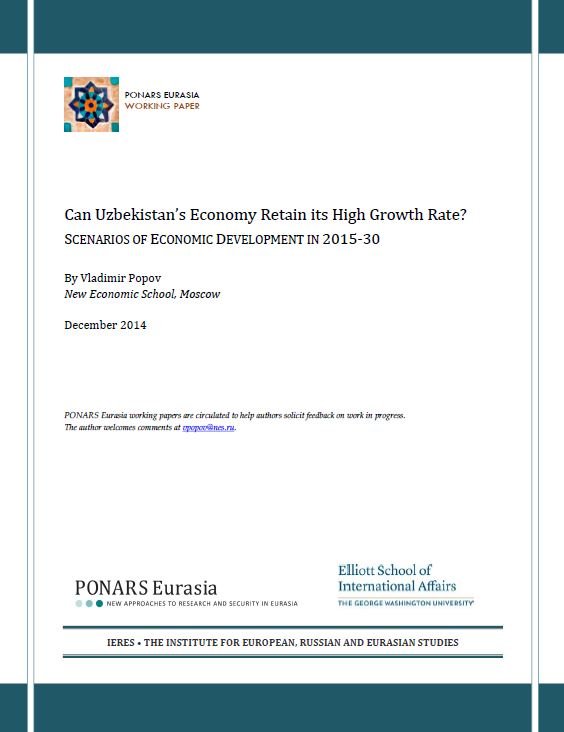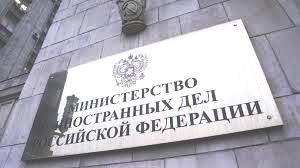Uzbekistan over the past ten years has had an extremely successful economy, with high growth rates (8%), low domestic and international debt, an undervalued exchange rate, a relatively even distribution of income, and a created-from-scratch, competitive, export-oriented auto industry. It is important, though, to avoid any “dizziness from success” and to envisage possible growth traps in its future. This paper discusses two unfavourable scenarios: trade shocks due to a decline in cotton, gas, and gold prices (e.g., a deterioration of its current account balance by 10 p.p. of GDP) and a decline in growth rates of total factor productivity (TFP). Also considered are the possible government responses to these potential negative occurances, in particular changes in the government’s industrial policies.
In recent years, Uzbekistan has been promoting heavy chemistry industries (primarily the production of synthetic fuel and polypropylene goods from natural gas). This is the “next stage” of industrial policy after reaching food and energy self-sufficiency and successful auto industry development. There are reservations, however, about this stage and strategy. First, gas production is about to decline due to depletion of reserves. Second, the level and growth rates of TFP in heavy chemistry are by far not the highest (they are the highest in light and food industry and in machine building). An increased share of heavy chemistry of total industrial output will cause a decline in the level and the growth rates of TFP. Third, the auto industry is already a success, thus it may be reasonable to continue to support machine building industries, particularly those involving medium-level technology. Finally, for a country of this “average size,” the export specialization in two major areas (autos and heavy chemistry) may prove to be excessive.

Uzbekistan over the past ten years has had an extremely successful economy, with high growth rates (8%), low domestic and international debt, an undervalued exchange rate, a relatively even distribution of income, and a created-from-scratch, competitive, export-oriented auto industry. It is important, though, to avoid any “dizziness from success” and to envisage possible growth traps in its future. This paper discusses two unfavourable scenarios: trade shocks due to a decline in cotton, gas, and gold prices (e.g., a deterioration of its current account balance by 10 p.p. of GDP) and a decline in growth rates of total factor productivity (TFP). Also considered are the possible government responses to these potential negative occurances, in particular changes in the government’s industrial policies.
In recent years, Uzbekistan has been promoting heavy chemistry industries (primarily the production of synthetic fuel and polypropylene goods from natural gas). This is the “next stage” of industrial policy after reaching food and energy self-sufficiency and successful auto industry development. There are reservations, however, about this stage and strategy. First, gas production is about to decline due to depletion of reserves. Second, the level and growth rates of TFP in heavy chemistry are by far not the highest (they are the highest in light and food industry and in machine building). An increased share of heavy chemistry of total industrial output will cause a decline in the level and the growth rates of TFP. Third, the auto industry is already a success, thus it may be reasonable to continue to support machine building industries, particularly those involving medium-level technology. Finally, for a country of this “average size,” the export specialization in two major areas (autos and heavy chemistry) may prove to be excessive.











